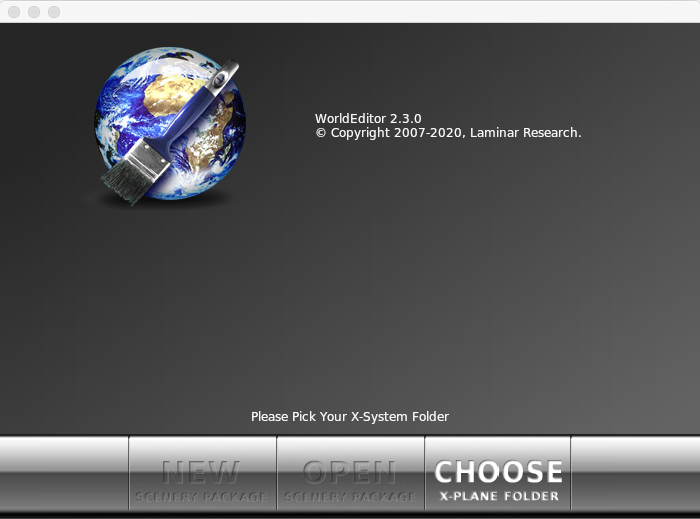

(You will also know that your update has succeeded because you will see yellow animation lines for all of the rotations and translations in the model.) We are now able to re-save our file to keep an up-to-date version of our master work for reference, modify it, and export it as an X-Plane. OBJ file is open, its animations can be directly viewed in AC3D by selecting Animation Time… from the “X-plane” top menu:Īll the animations are magically updated and can then be checked in the same way we already learned in the previous section. The plug-in is able to read the animations stored in those files and to show them properly, preserving perfect compatibility. There’s absolutely no need to make any action to update animated objects which are in. We are now ready to use AC3D with X-Plane files, let’s examine the 3 cases in which we may step: Then download the latest DataRefs.txt from the XSquawkBox site and drop it into the AC3D plug-in folder too in order to let the plug-in permit you to select the datarefs you may need: You will need AC3D 6.1 in order to use this new plug-in.ĭrop the two components files of the plug-in into the AC3D plug-ins folder, you will not need to move any other plug-in file out of that folder–now the X-Plane plug-in is perfectly compatible with all the others importers/exporters! The purpose of this small tutorial is to show how to use the cool new animating features of Ben Supnik’s new release of the AC3D plug-in for X-Plane.


 0 kommentar(er)
0 kommentar(er)
